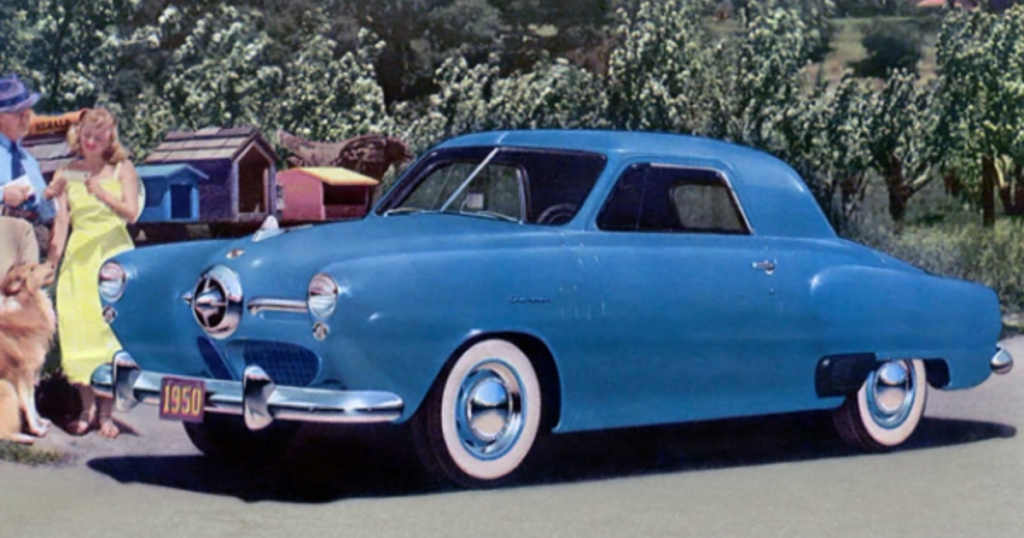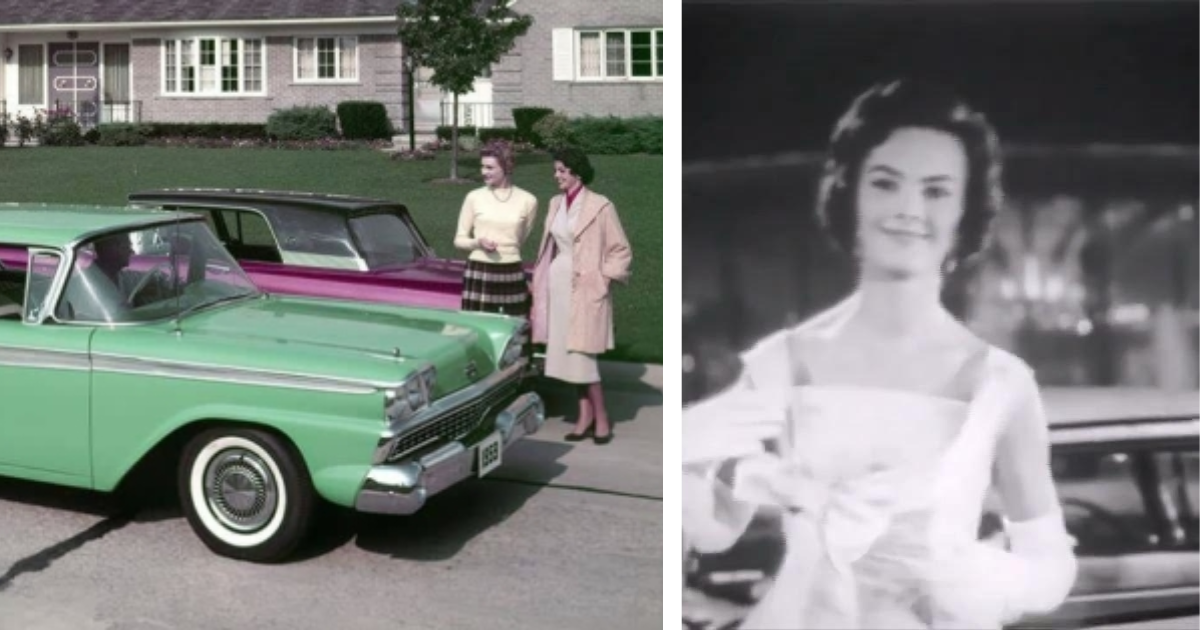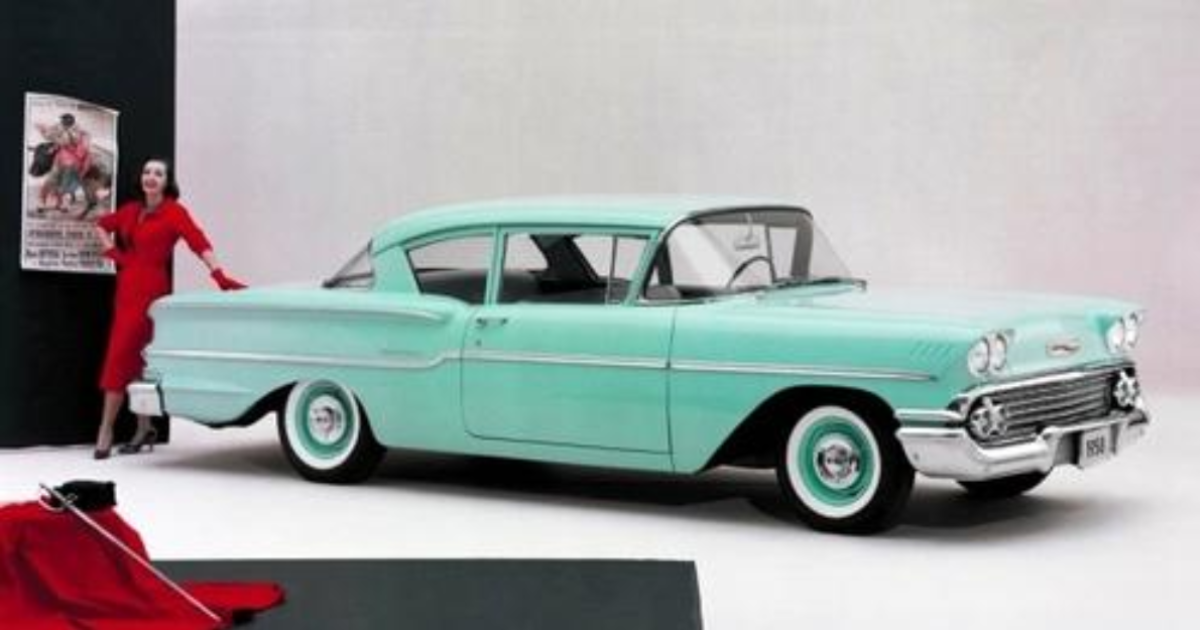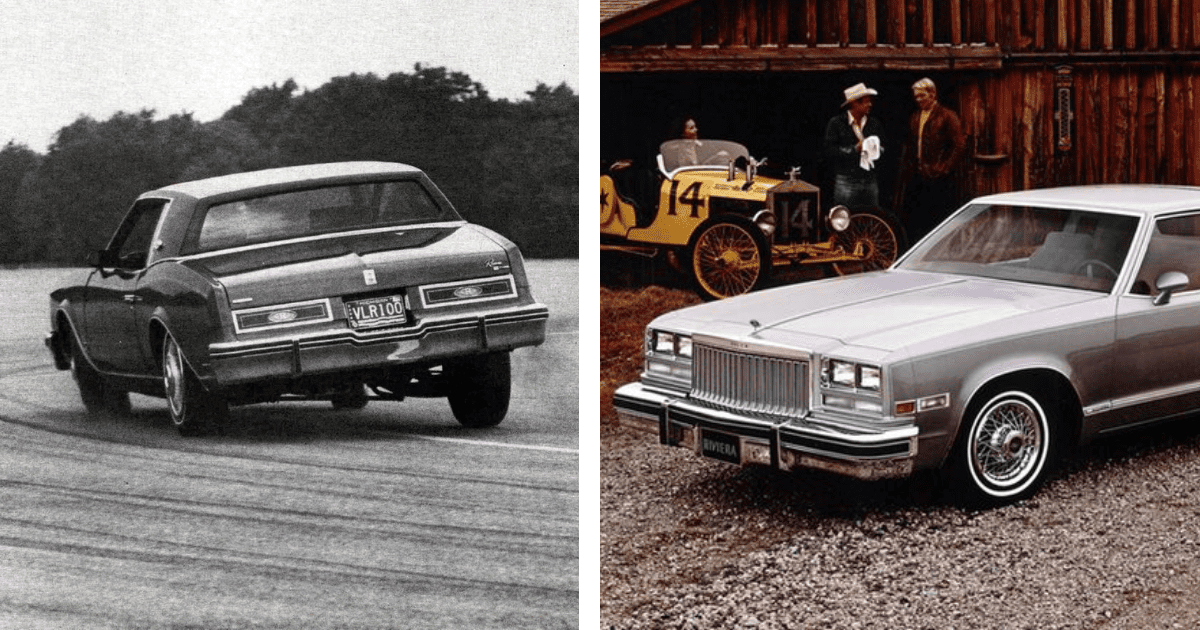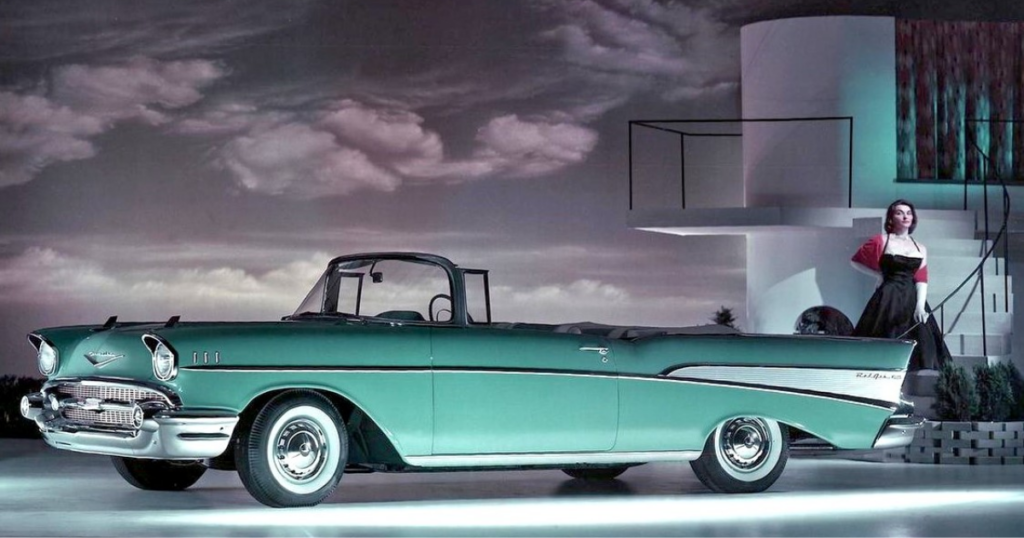
Beneath its exterior, the 1950 Bel Air was the tried and tested, with the same overhead-valve six, torque-tube drive, and ladder-frame chassis that everyone knew and trusted. However, the pillarless hardtop body style opened up a whole new level of glitz for the reliable Stovebolt.
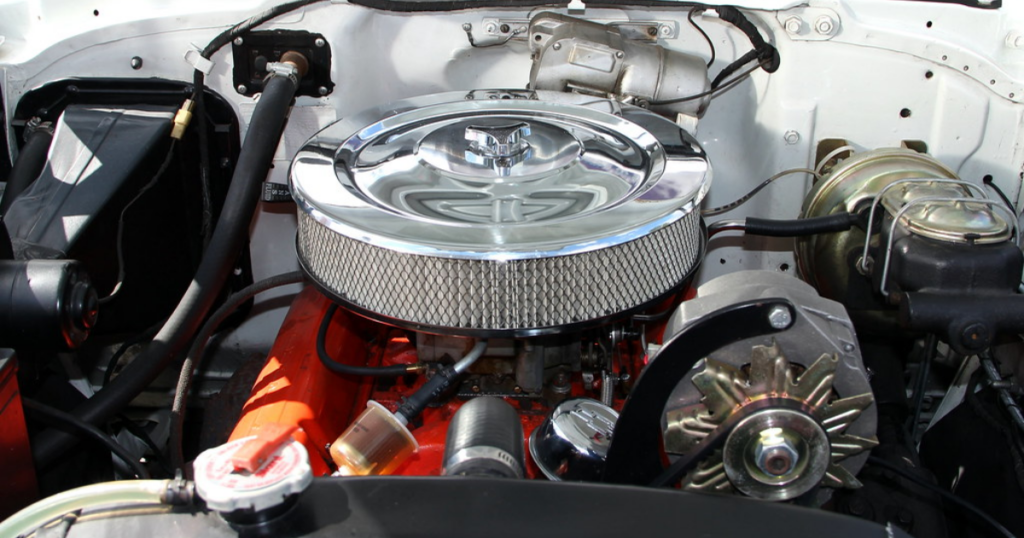
The new model was formally introduced as the Styleline Deluxe Bel Air Coupe. The Deluxe badges on the front fenders denoted the Bel Air’s standing within the Chevy model line, and the Bel Air moniker was taken from the affluent Los Angeles suburb. However, if we just say “Bel Air,” everyone would understand.

It is evident that General Motors already had hardtop plans in place at the other vehicle divisions for 1950, as the company had released the pillarless body design, albeit with slightly different styling, on the Buick Riviera in mid-1949. The Pontiac Catalina and Oldsmobile 76 and 88 Holiday hardtops, which were also launched in 1950, were the A-body brothers of the Bel Air and featured similar roof stamping and other hardware.

The Bel Air shared similar body/roof proportions with the Chevrolet convertible, Sport Coupe, and Special Business Coupe thanks to its longer deck lid and shorter top. This hardtop version, which included the recognizable C-pillar, remained in operation until 1952. The cleverly designed trigonal C-post later made a brief comeback on the 1956–1957 four-door Sport Sedans.

The original Bel Air’s luxurious interior, which included seats made of real leather and trimmed in “Fine Pile Cord” wool fabric in red, blue, green, or black, added to the car’s opulence. Standard features on Bel Air included headliner bows and bright metal glass surround trim. An additional elegant feature was the pair of modest courtesy lights integrated into the interior C-pillars. Of course, all of this finery came with a cost. With a price tag of $1,741, the Bel Air was nearly as costly as a convertible and the most expensive coupe in the Chevy lineup for 1950.
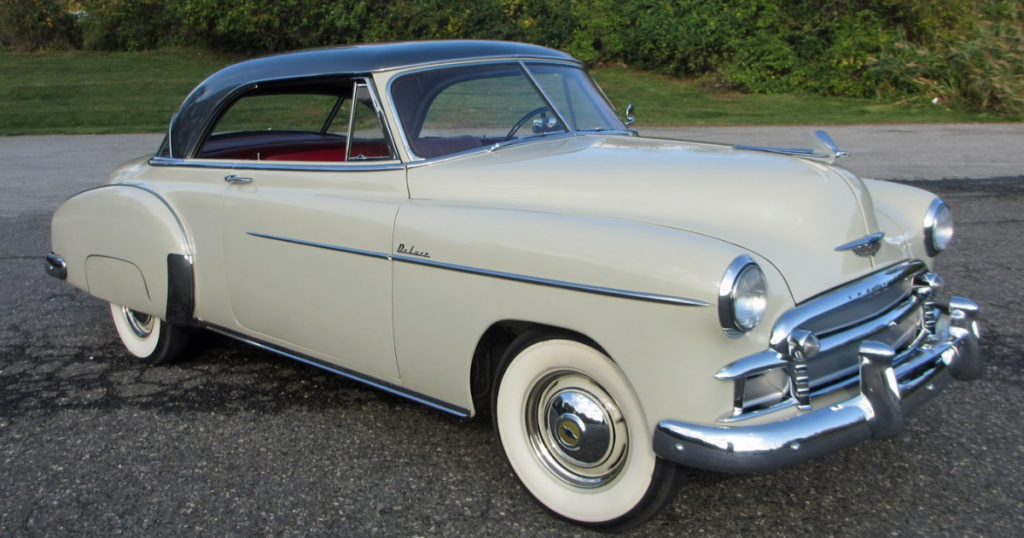
With 76,662 Bel Airs built in the first year alone, the new body design dubbed the “hardtop convertible” by the enthusiastic public, outsold the ragtop convertible by a two-to-one margin. Chevrolet increased the number of models offered and the price range it offered in 1953, adding a station wagon, two-door, and four-door sedans to the Bel Air lineup. In the end, the Bel Air model remained in the Chevrolet portfolio and was eventually relegated to the status of economic base model until 1981.
